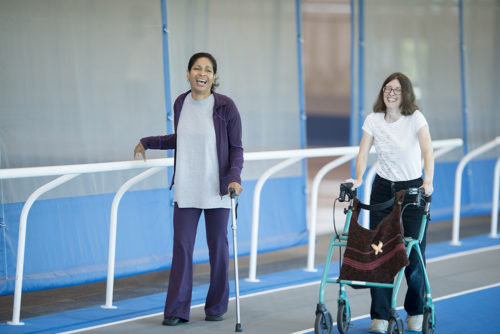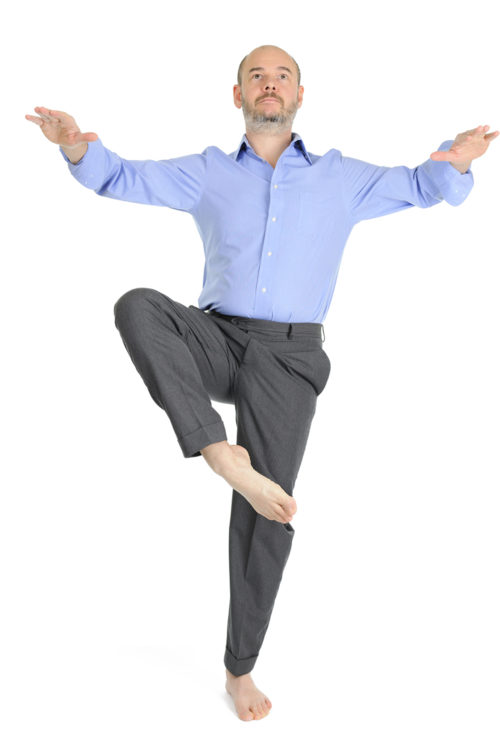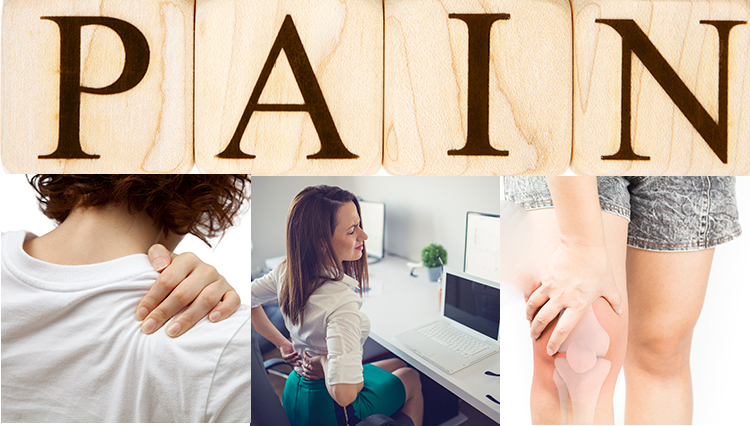As we get older, our bones start to break down, muscles are not as limber as they used to be, and moving around gets a little more difficult. Assistive devices such as rollators, walkers, canes, and crutches can be a good aid to safely get around and support you. However you need the proper device, know how to size it, and learn how to use it to get the most benefit.
Walkers and rollators are the most stable of the devices because they have four legs and you use both of your upper extremities for support. The bilateral support allows you to easily weight bear through both arms and can allow one to perform different weight-bearing statuses. If you feel like your legs are not as strong and you feel unsteady on a regular basis, you may want to consider a walker or a rollator. The difference between a rollator and Walker is that a rollator has a seat that you can sit on if you get tired. Just remember to apply the brakes so it does not move on you!

If you are still getting around well but feel your balance is off, a cane might be better. Compared to the walker, the cane only has one leg viruses a walker with four legs. There are canes that have three to four legs known as a quad cane for even more stability. Even though the cane is less stable than the walker, the cane allows a person to be more mobile. Ideally, if you have one leg that is better or stronger than the other leg, you should use the cane on the same side as the good leg. That allows the center of mass of your body over the good leg, and that leg can support you more.
Crutches are usually for athletes or higher functioning individuals. It allows people to mobilize easily if they have to keep a weight-bearing status, like the non-weight bearing. Individuals should have the good balance in order to move with the crutches. With crutches, the armrests should not be right underneath in your armpits. Important nerves are located underneath your auxiliary area, and increased pressure can cause nerve compression and damage. There should be about three or four finger widths between the armrest and the armpit.

No matter what device you end up using, you need to make sure it is at the right height for you. The correct size allows you to efficiently use your arms and to prevent any injury. To properly size the device to your height, you should stand with good posture and let your arms rest by your sides. You should naturally have some bend at your elbow. From this position, the handle of the device should hit at the crook of your wrist.
Knowing how to use the device is very important as well. To use a walker, you push it forward first and step within the middle of the walker. Make sure it is not too far forward to avoid excessive back flexion to increase your stability and protect your back. For canes and crutches, the leg of the device should be placed about a foot forward diagonal to your feet. Ideally, the device should move with your affected leg. You could also move the device first, followed by your affected leg, then your other leg to ambulate.
Ask Wendy Webb Schoenewald Physical Therapy and Vestibular Rehabilitation about the Assistive device program; #CARES for “Gently Used Medical Equipment!” that #WWSPT supports.
Drop off equipment at #WWSPT offices 1456 Ferry Road, Unit
601, Doylestown, PA., on Tuesdays from 12:00 PM to 2:00 PM and Saturdays from 10:00 AM to 12:00 PM. Phone 215.489.3234.



